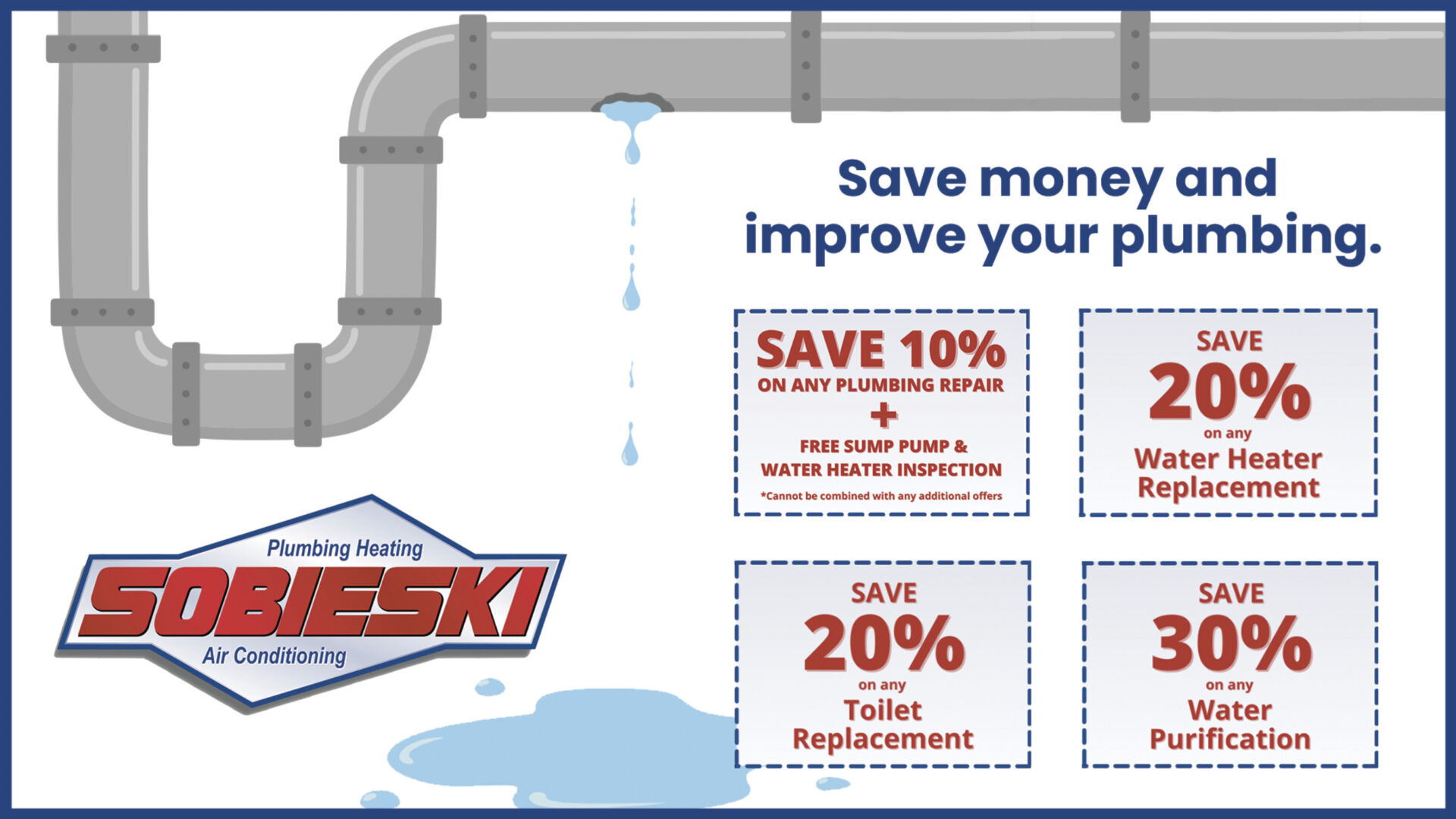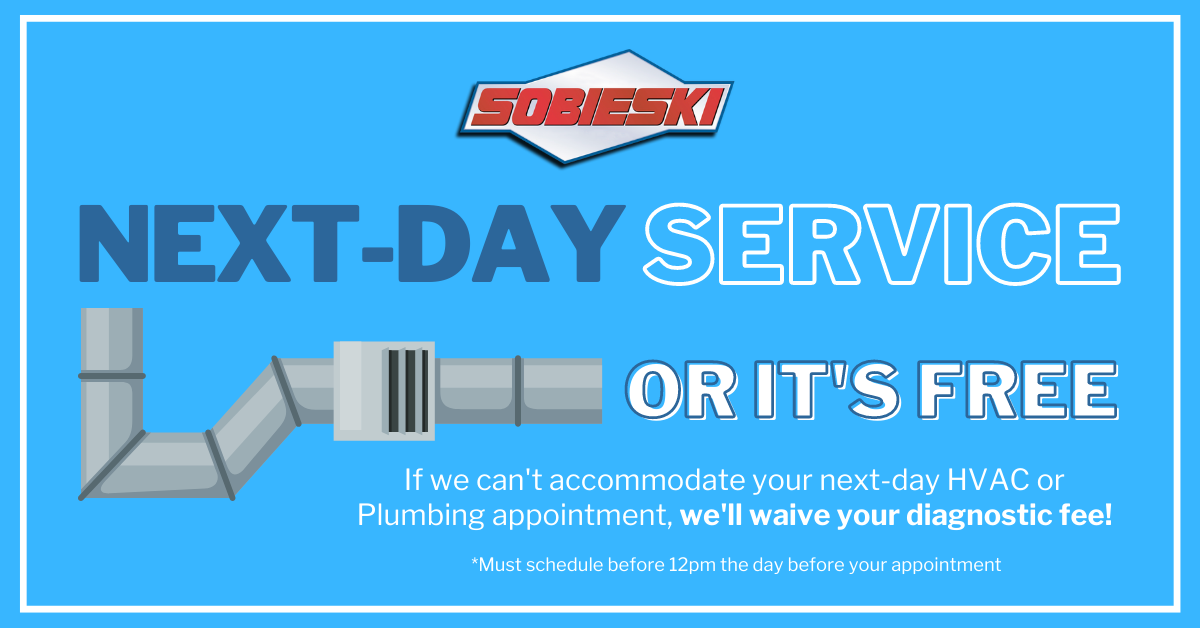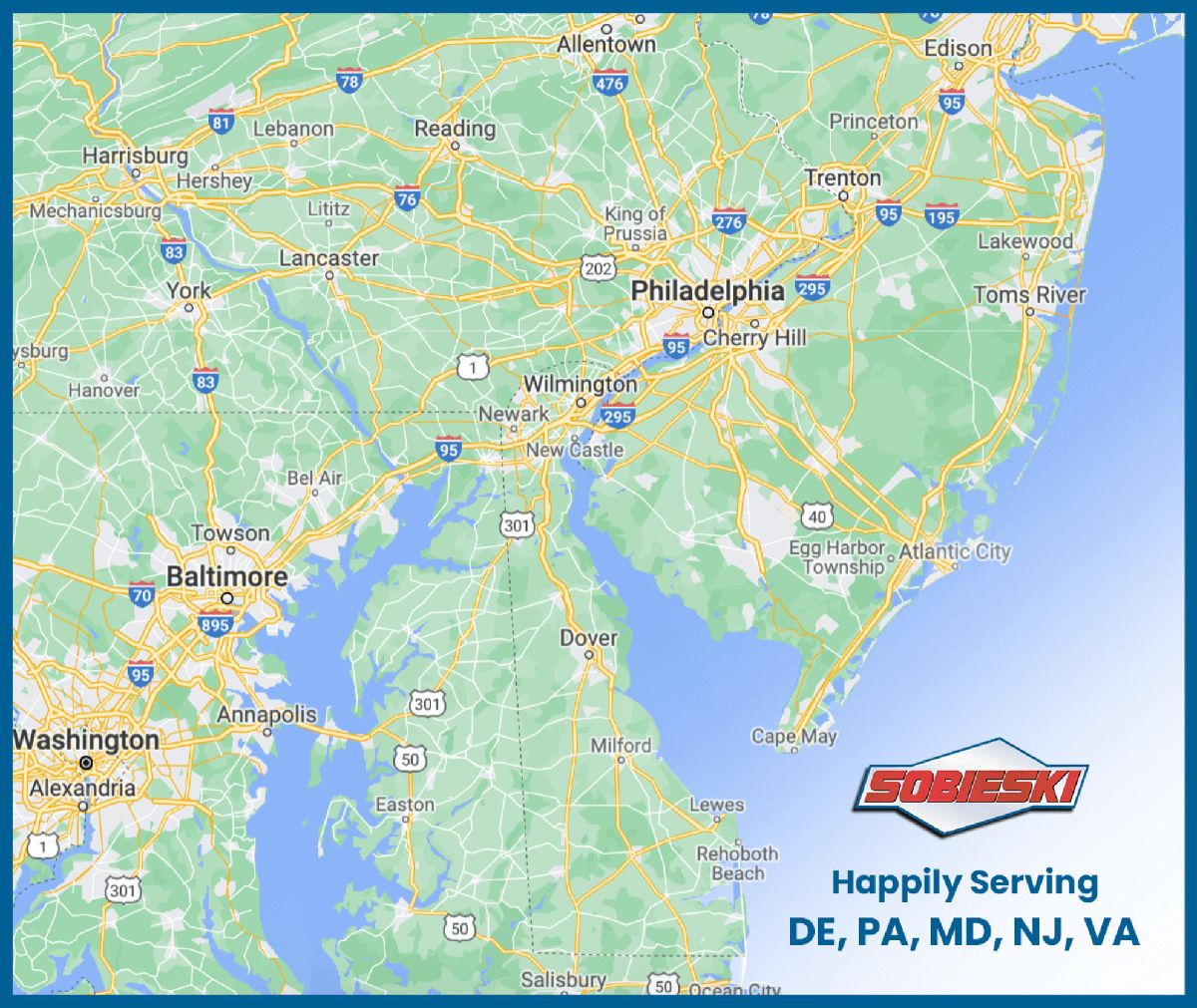Ensure Worker Safety by Following These Commercial Building Codes
The design, construction and maintenance of commercial buildings are governed by a detailed set of rules and regulations, known as commercial building codes. Apartment buildings, retail establishments, factories, office buildings, schools and other related buildings are all subject to the requirements set out in commercial building codes adopted by the city, state, or federal agency overseeing the construction and public safety.
Here is a brief introduction to commercial building codes, where they come from and what they cover.
The Purpose of Commercial Building Codes
Commercial building codes are intended to ensure the health and safety of occupants inside commercial facilities and related buildings. They provide guidelines and requirements for the design, construction, renovation and maintenance of buildings where people live, work, play and shop. These codes are intended to ensure that buildings are built to standards that increase occupant safety and building stability during natural disasters, such as earthquakes, fires, tornadoes and hurricanes.
They also cover day-to-day events and stresses that can affect a commercial structure. It’s important to keep in mind that no code can ensure a completely safe building that’s immune to damage or destruction caused by a natural disaster. However, these codes provide a set of standards that give occupants a reasonable expectation that the building they’re in will be as safe and secure as possible.
The Source of Commercial Building Codes
Many cities, counties and states have their own building codes. However, the basic content for all commercial building codes has been developed by the International Code Council (ICC). The ICC is a nonprofit organization, established in 1994 that creates model building codes for construction and maintenance projects in the United States and around the world. In most U.S. jurisdictions, the ICC’s commercial building codes have been adopted and are used to govern commercial building activities.
Important Types of Commercial Building Codes
The ICC develops and publishes a series of commercial building codes known as I-Codes, or International Codes. According to the ICC, all 50 states and the District of Columbia have adopted the I-Codes at the state or jurisdictional level. Important federal agencies, such as the Department of Defense, Department of State, General Services Administration, National Park Service and Veterans Administration, also use I-Codes.
This widespread acceptance and application means that commercial buildings constructed in the United States are all built under a consistently applied set of standards and regulations. Some of the more important I-Codes include:
- International Building Code (IBC): This widely-used building code is an expansive set of standards and regulations that apply to the design, construction, renovation, alteration, replacement and maintenance of commercial buildings and multi-family residential structures. The IBC covers factors, such as the structural strength and durability of the building, lighting and ventilation, sanitation, fire safety, energy efficiency and resistance to weather and other natural hazards. The IBC also contains standards that are intended to increase the safety of firefighters, police and other emergency personnel responding to emergencies in commercial buildings.
- International Residential Code (IRC): The IRC applies to new single or two-family dwellings and townhouses of three stories or smaller. This code provides standards for planning and construction specifics for important features, such as a building’s foundation, walls, sanitation system, HVAC system, roof and floors.
- International Existing Building Code (IEBC): The IEBC covers additions to and the repair, alteration, renovation, and relocation of existing buildings. The IEBC exists to help builders and owners attain code compliance for existing buildings that is compatible with the minimum standards for newly constructed buildings. The IEBC also covers situations in which buildings undergo a change of occupancy or purpose.
Our goal is to help educate our customers about Plumbing, HVACR, Fire Protection, and Alarm Systems in Mechanical, Commercial, and Residential settings. For more information on commercial building codes and their importance to worker safety, and to view projects we’ve worked on, visit our website!







